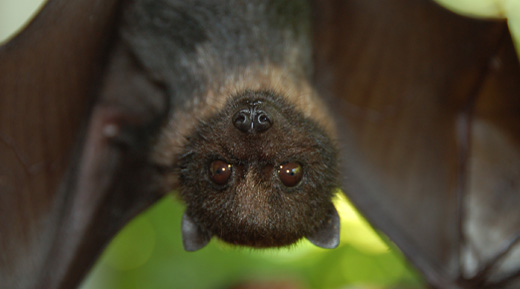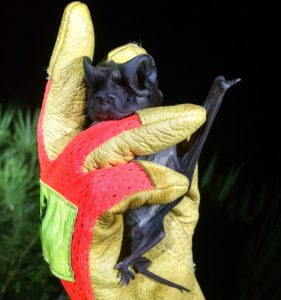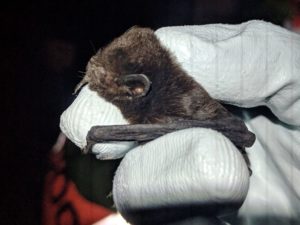There ARE fates worse than death
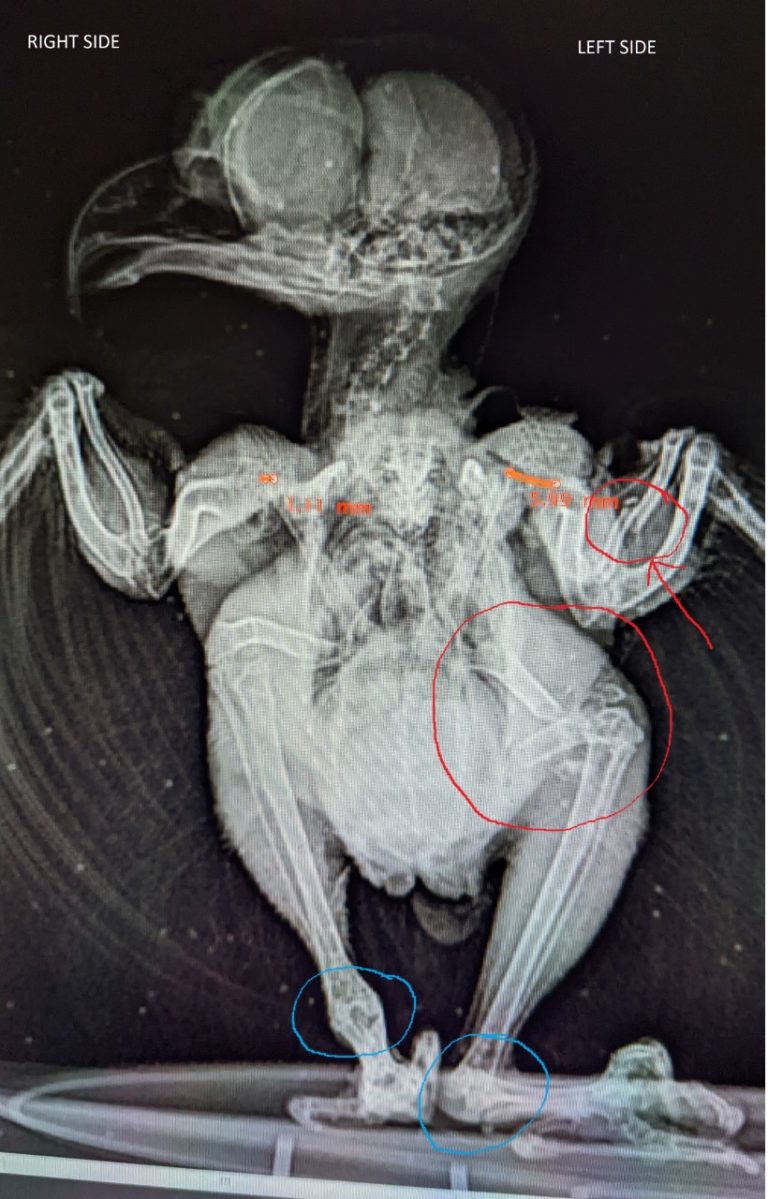
My heart cracks a little more every time I see or hear the advice “Don’t take it to the rehabber! They’ll just kill it!” Or Don’t call animal control; they’ll just kill it; or don’t call the game warden, etc,…

My heart cracks a little more every time I see or hear the advice “Don’t take it to the rehabber! They’ll just kill it!” Or Don’t call animal control; they’ll just kill it; or don’t call the game warden, etc,…
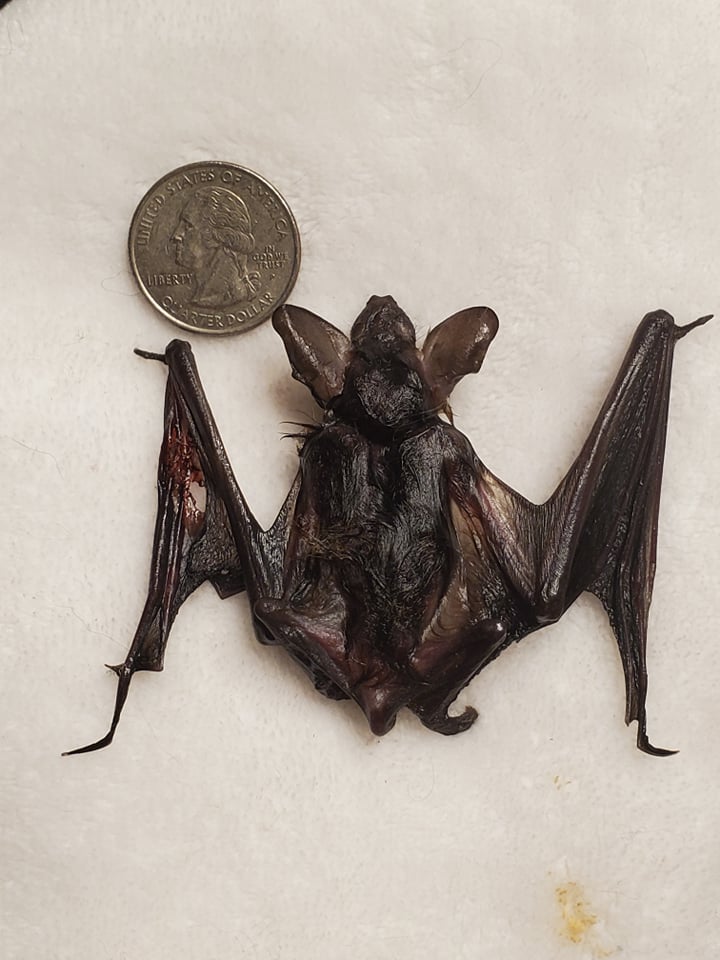
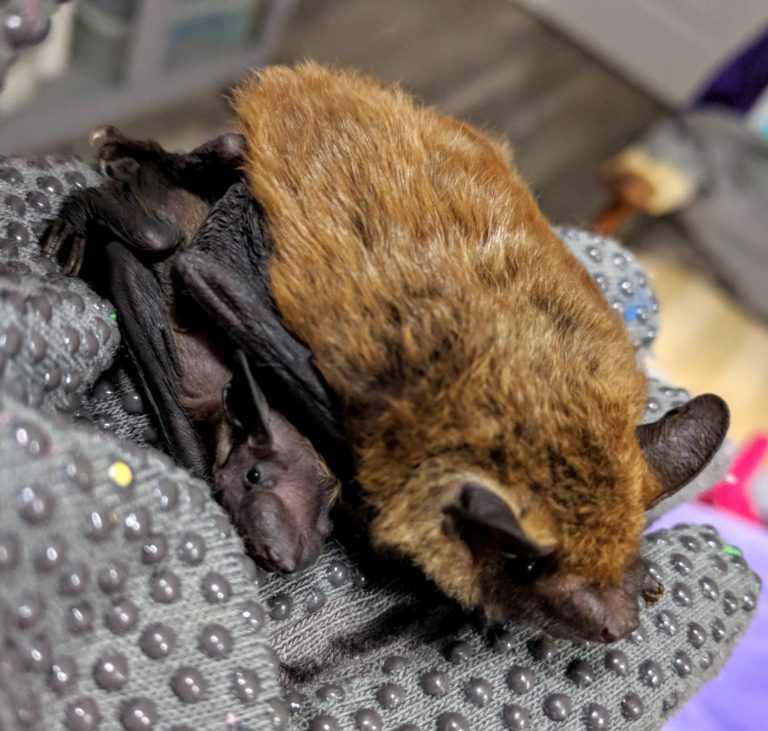
As we alerted you a couple days ago, there is a bill in front of the Virginia House of delegates, SB 1390, that authorizes anyone to release feral cats onto the landscape. We understand the reasoning behind the bill as…
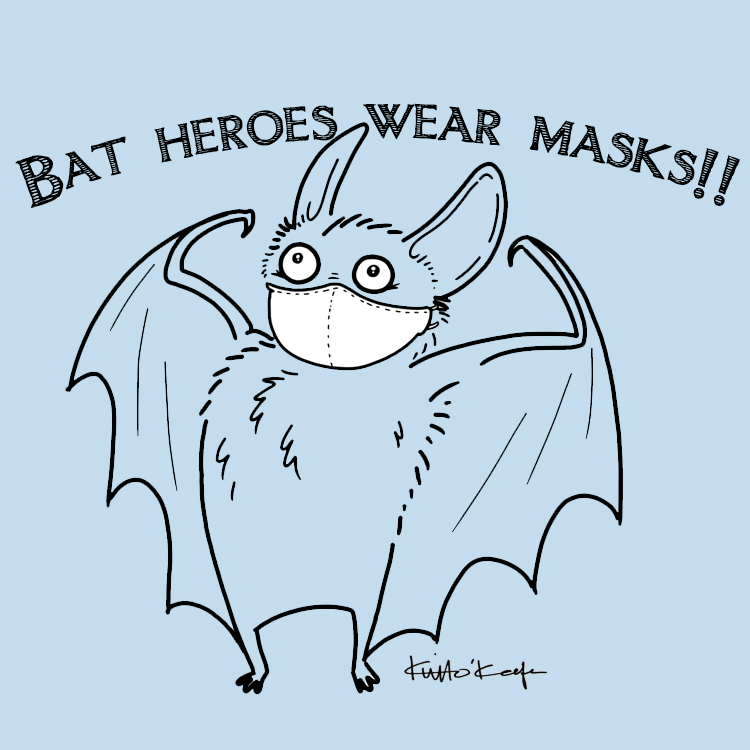
One of the recurring themes of #BatWeek is to be a #BatHero. I want to take a minute to talk to you all about that. 2020 has been an awful year in so many respects, but for us, while we,…
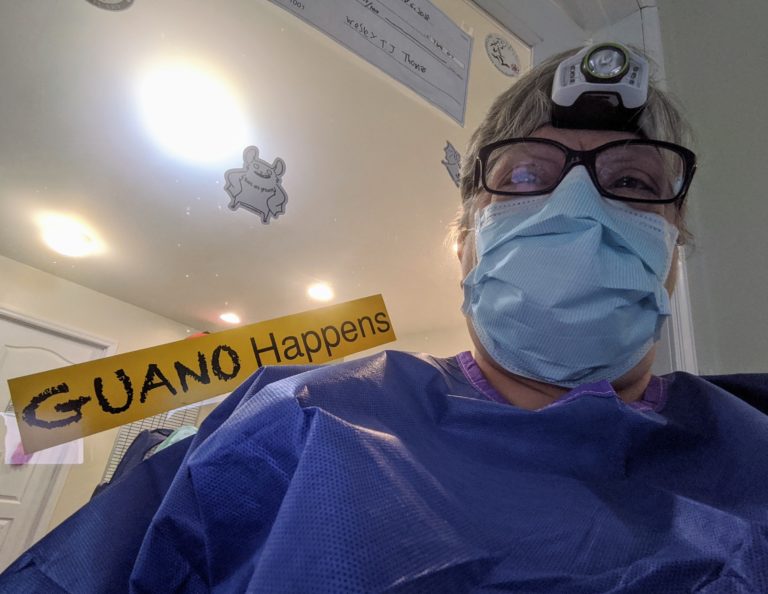
Dear everyone As covid 19 ravages our country and threatens our families, friends, and neighbors, there is ever more collateral damage. You may or may not be aware, but state and national guidance is severely restricting interaction with native North…
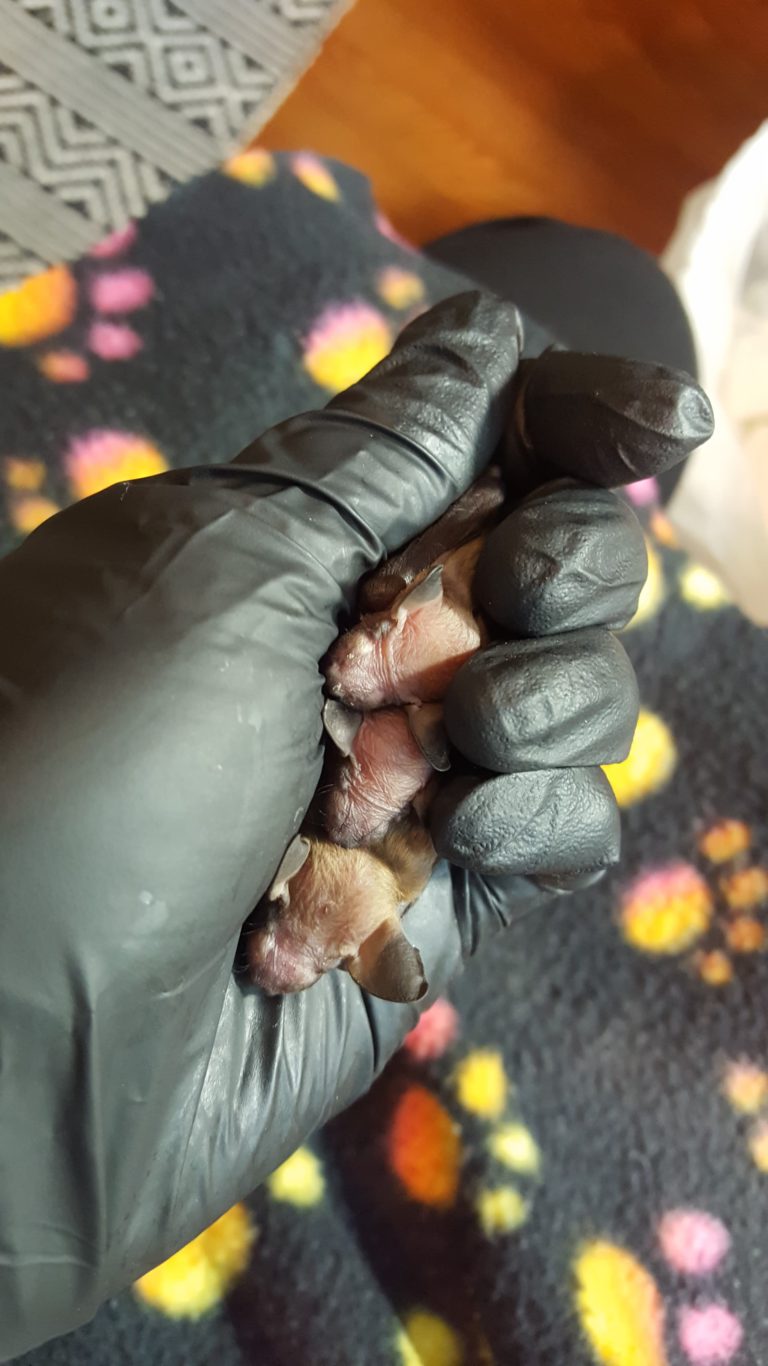
We know you all are missing Blogger Rachael very much, but in her absence we thought you could make do with a post about the orphans and what they’ve been up to! We currently have 17 orphans at headquarters, with…
Hi everyone! I hope you all had a good week! Some of you may have seen the incredible news on the Save Lucy Facebook and Instagram pages, but something very exciting has happened! Save Lucy has a Little Brown Bat!…
